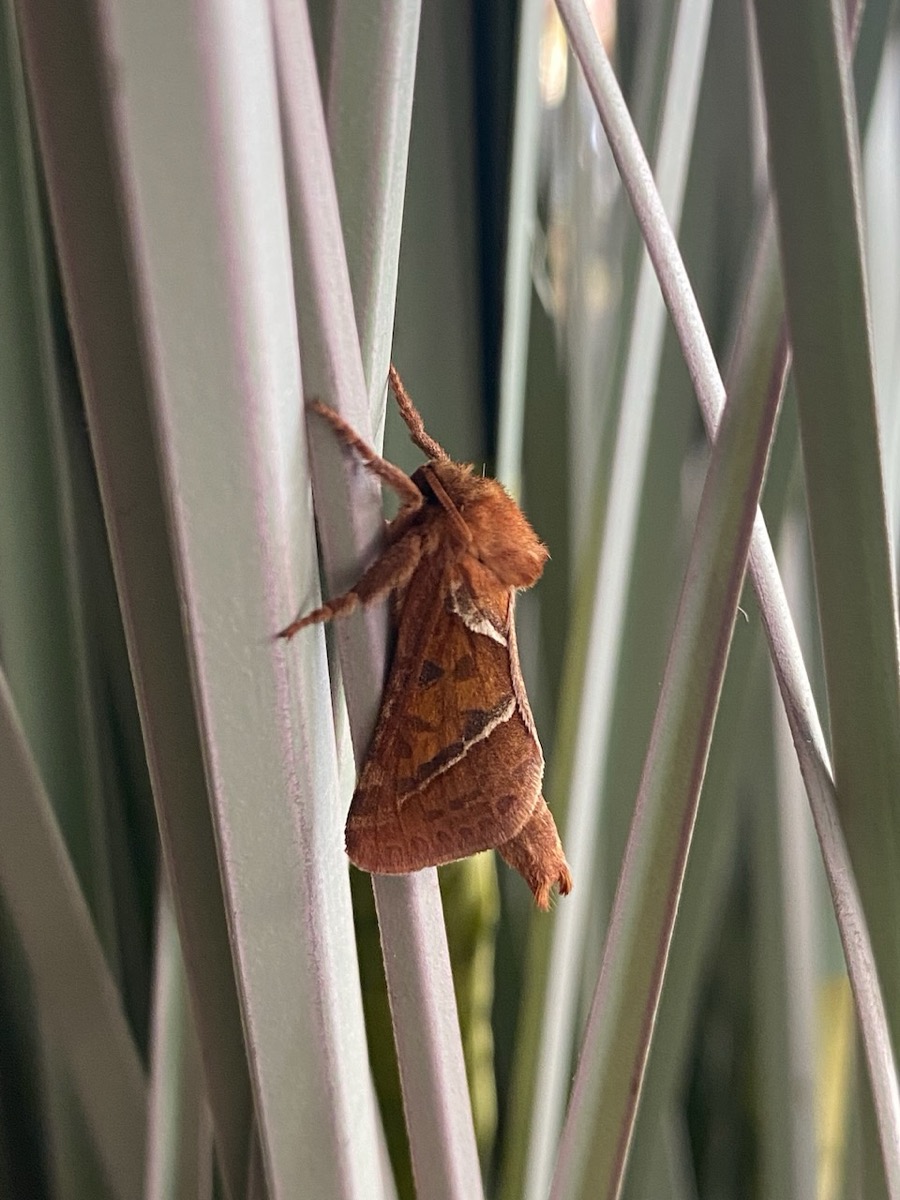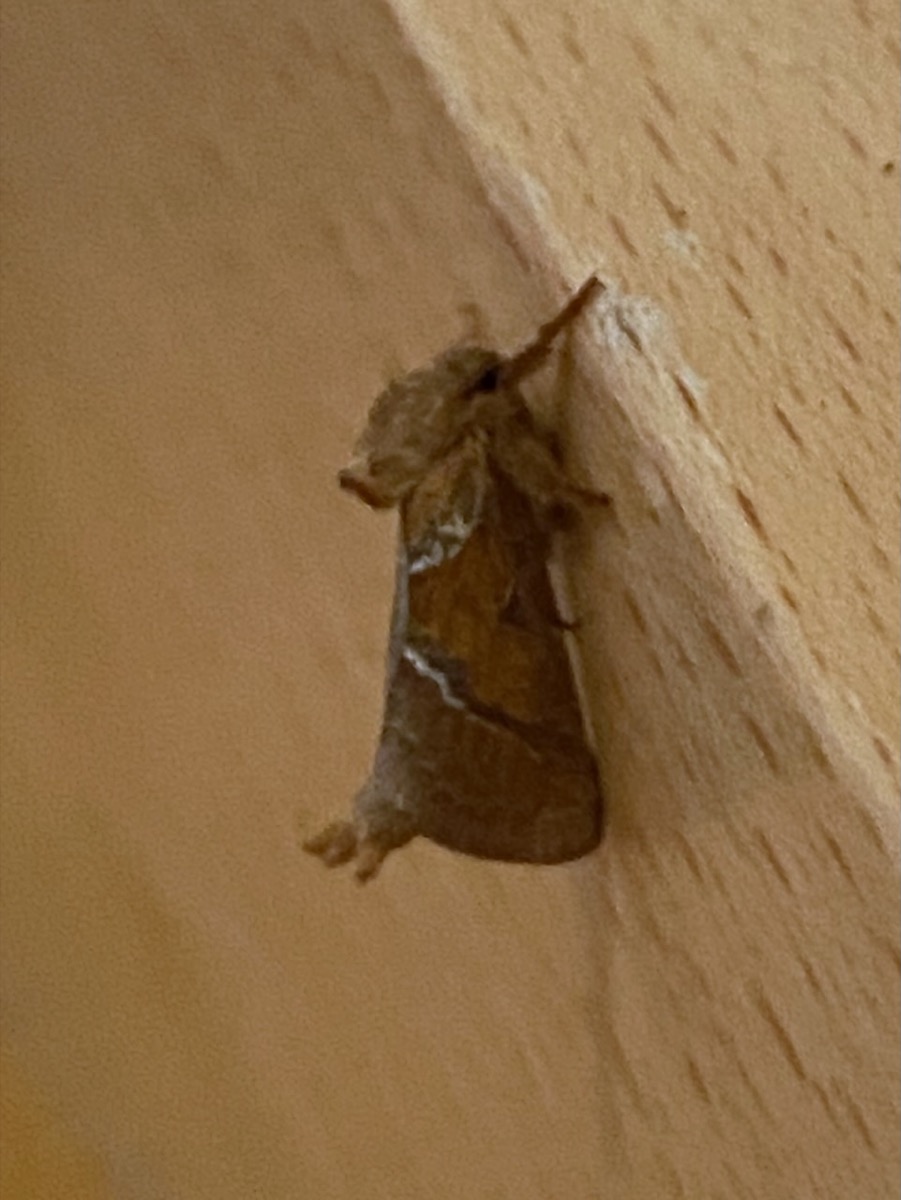Characteristics
- Medium to large moths (wingspan 20 to 70 mm)
- Narrow, elongated wings, often brownish or pearly
- No proboscis → adults do not feed
- Short antennae, without club or pectination
- Straight, dusk or night flight, sometimes in groups
Habitat
Hepialidae are found in:
- Grasslands, heathlands, mountain meadows
- Open forests, forest edges, cool open areas
- Herbaceous habitats rich in low or rhizomatous vegetation
- Adult activity often localized to specific zones
Biology
- Eggs laid on the ground, often scattered
- Subterranean caterpillars, feed on roots, basal stems, or decaying wood
- Slow development: 1 to 3 years as larvae
- Pupation in a subterranean chamber or within plant tunnels
- Adults do not feed, and live only a few days
European genera and species
- Hepialus humuli – The “ghost moth”: pearly white male, brown female; visible at dusk
- Korscheltellus lupulina – Common Swift: brown wings marked with pale lines
- Phymatopus hecta – Species associated with wooded and damp habitats
Noteworthy traits
- Males of some species perform nuptial hovering flights visible at dawn or dusk
- Primitive features among Lepidoptera (unique reproductive system, simple venation)
- Discreet species, but sometimes locally very abundant
- Observation facilitated by aerial mating displays and group flights

